Art is an exercise in observation. Whether the subject is real or imagined, the end result provides a lasting record and reference for future generations.
In the early years of discovery, long before the advent of film and computers, scientists relied more on human ingenuity than machine technology to capture and catalog information. This is where art and science met to work hand in hand and were considered to be complementary, not opposing, ways to view and describe the world.
Early explorers such as Lewis and Clark, in addition to the journals they kept full of their own notes, maps and sketches, hired botanists to draw and describe the plant specimens they collected and sent back from their expeditions. These were later gathered into book form and served as an invaluable reference tool for the study of American flora.
The naturalist Charles Darwin produced many illustrations to help support his theories about the origin of species. His keen eye for small variations in details allowed him to make sense of scientific evidence that had never before been unified into one theory of life sciences.
John James Audubon was an ornithologist who also happened to be an excellent painter. His work with birds and the publishing of The Birds of North America led to the identification of many new species. Today, his prints are highly sought after by art collectors.
Present day artists, much like these early art pioneers, record their natural surroundings and, consciously or not, comment on the state of the human condition. While the methods and motivations may have changed from those of the past, the end result is much the same: compelling us to see the world with greater insight and appreciation.
Brian Sylvester is a guest blogger on WallSpin, and an artist on Zatista.


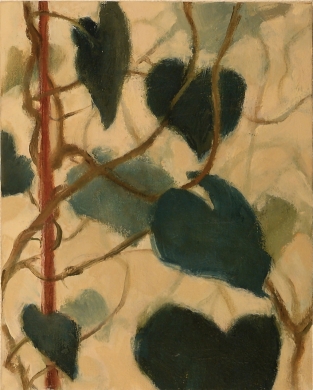

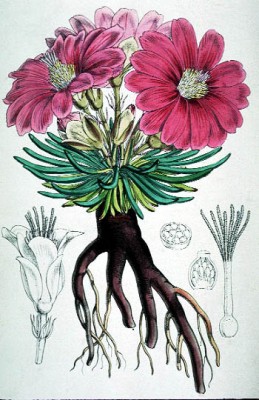
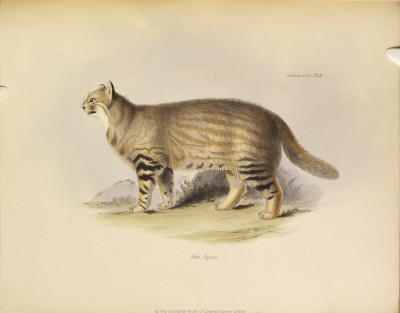
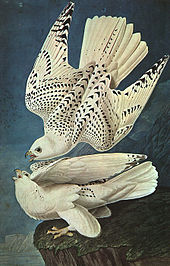
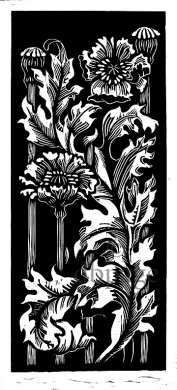
Comments (0)